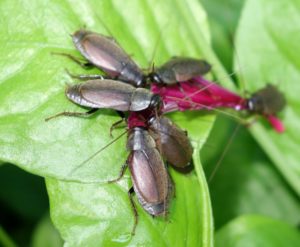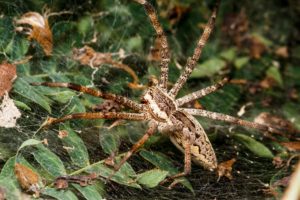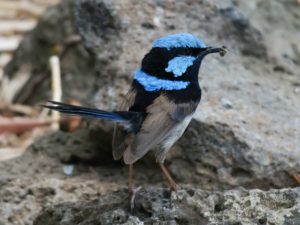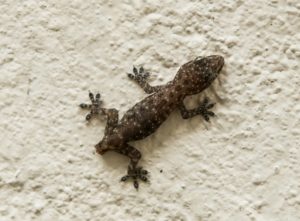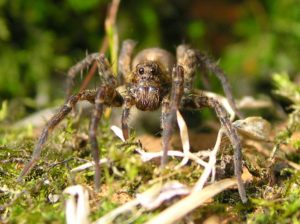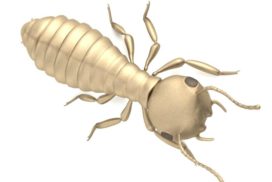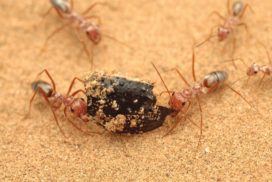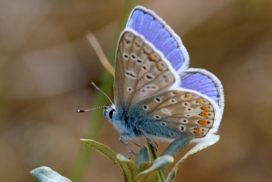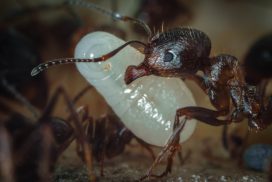HOW DO BARTERIA TREES HARNESS THE POWER OF BLACK STINGING ANTS TO SURVIVE IN THE RAINFORESTS?
Barteria fistulosa are trees that fill the gaps in rainforests and fiercely compete with other trees to reach the canopy of the forest. To keep in good shape, the barteria fistulosa employ black stinging ants to evict parasites. In return, the ants help the barteria tree rid itself of moss—that prevents light from reaching the leaves—unwanted inhabitants and suffocating creepers.
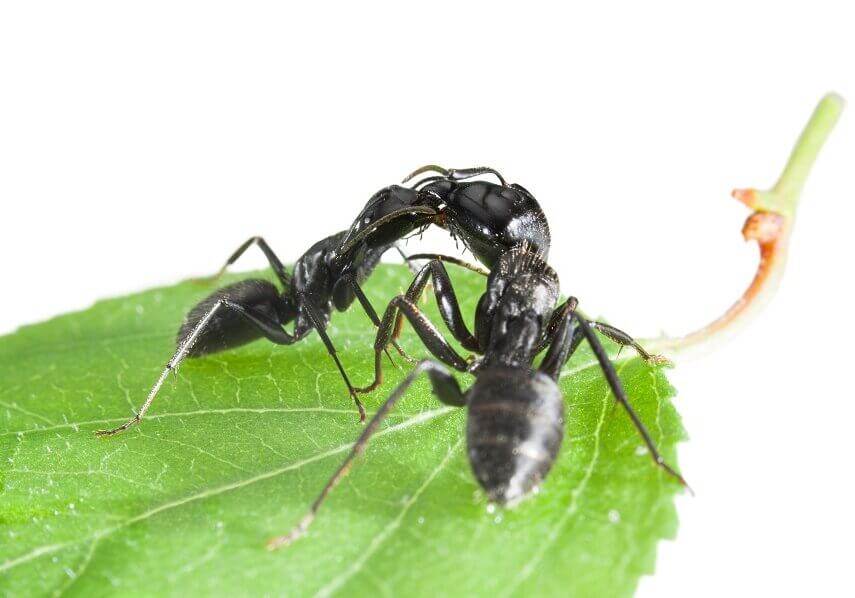
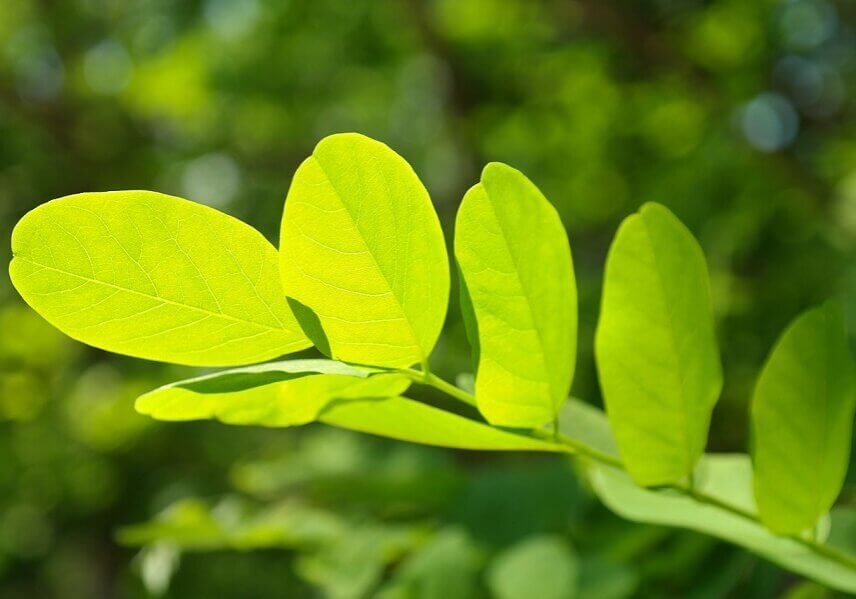
The tree provides the ants with lodging in its hollow branches. The hollow branches are also home to scale insects that feed on sap produced by the barteria tree. The ants care for the scale insects as livestock, milking them for food. This symbiotic relationship was well documented by Phil Agland and Michael Rosenberg in the TV series African Rainforest: Korup that was broadcast in the 1980s.
Recent posts
Join us on social media or subscribe!
Sign up to receive our articles in your inbox!
Enter your name and email address below to subscribe.
